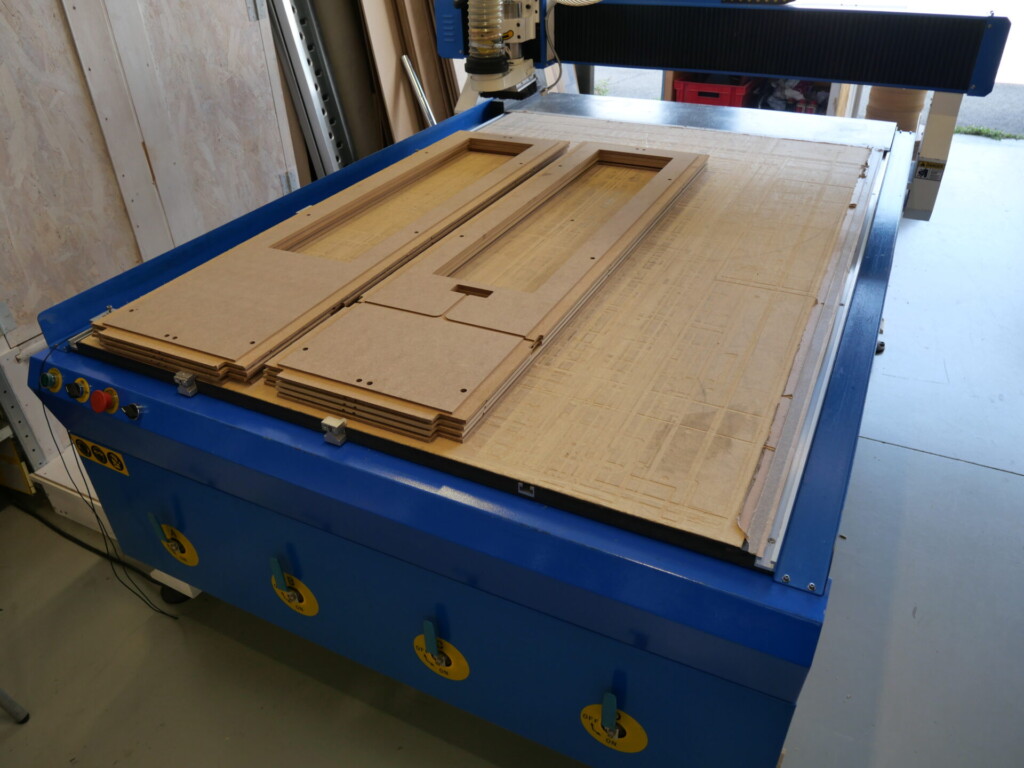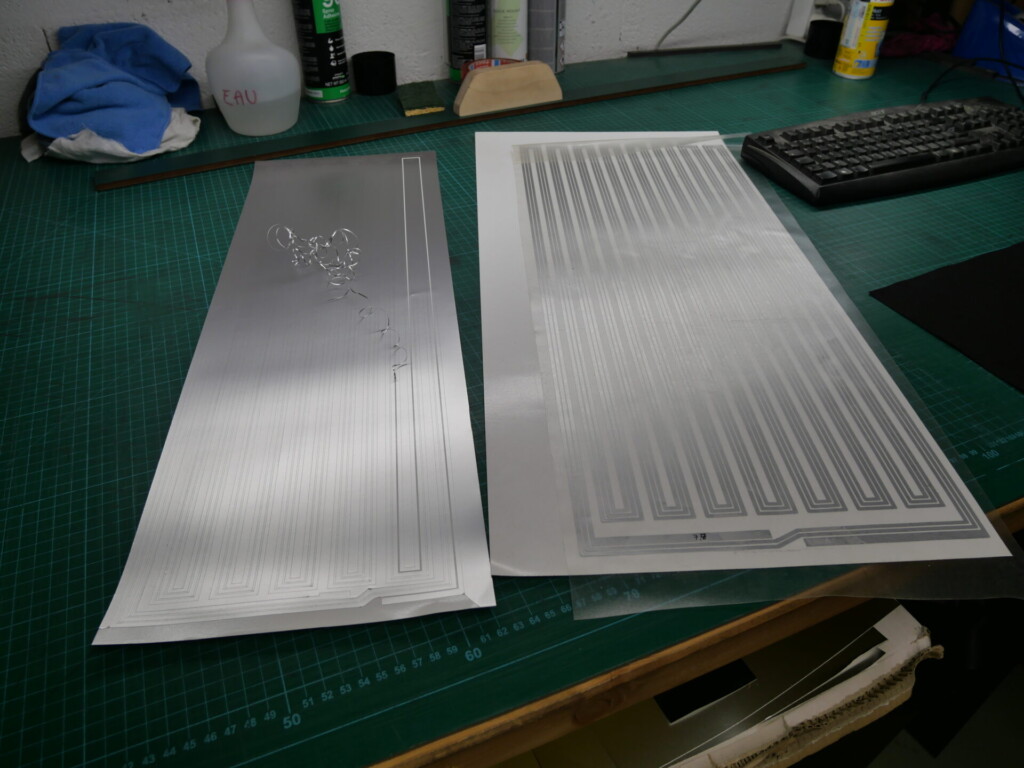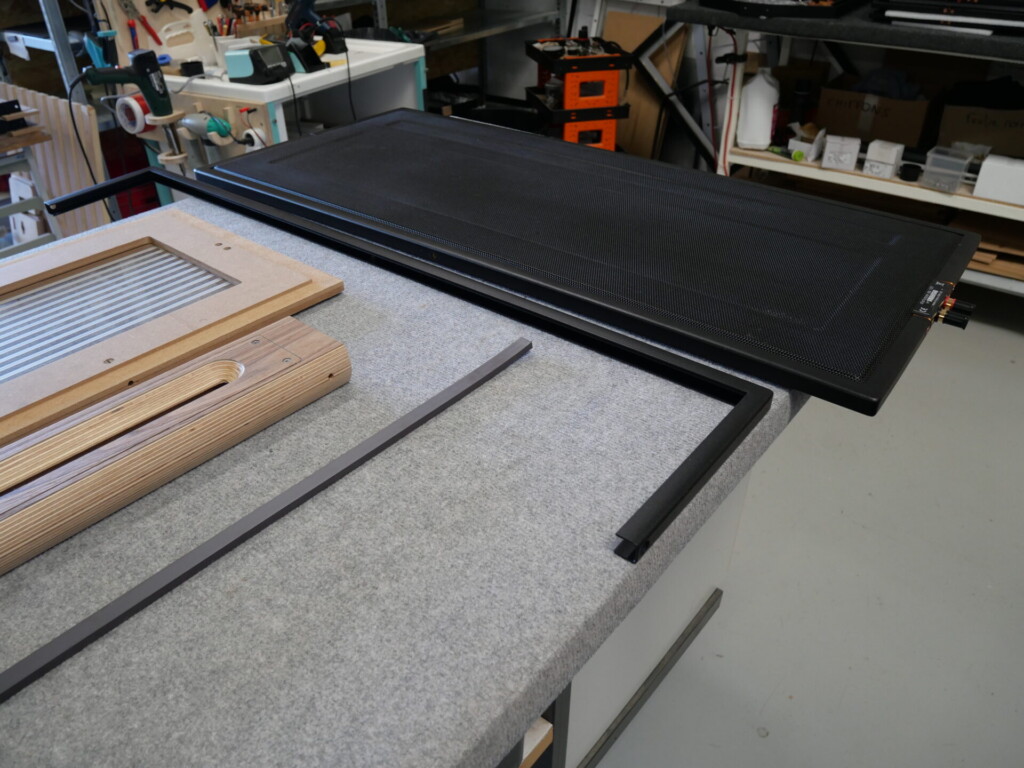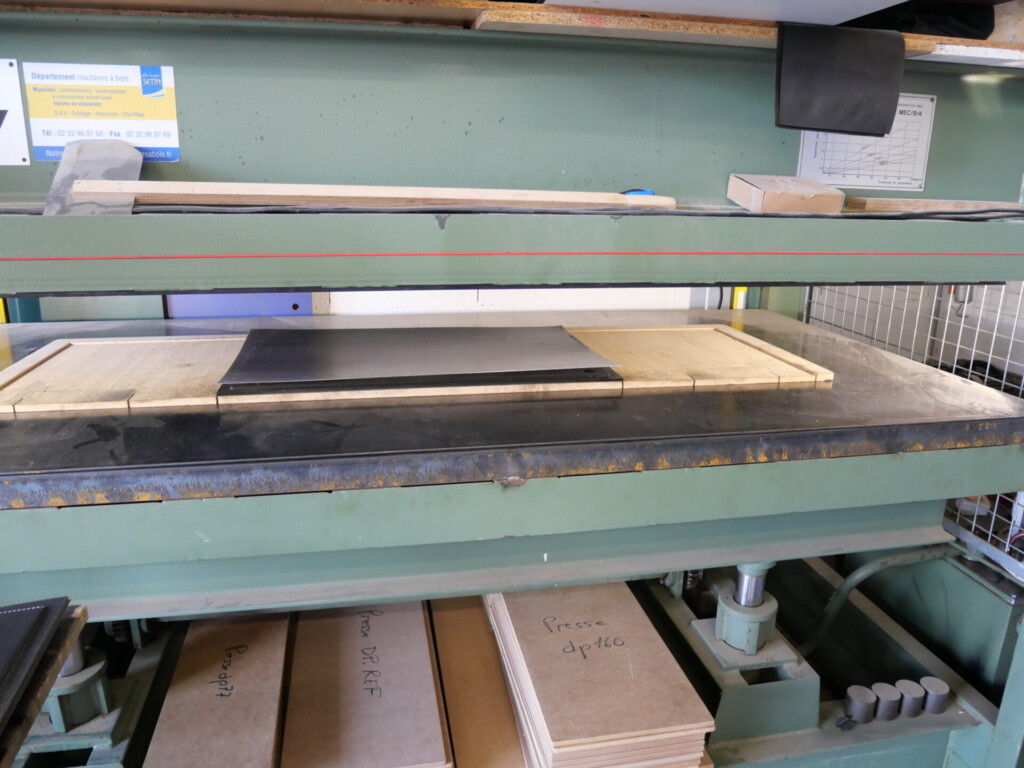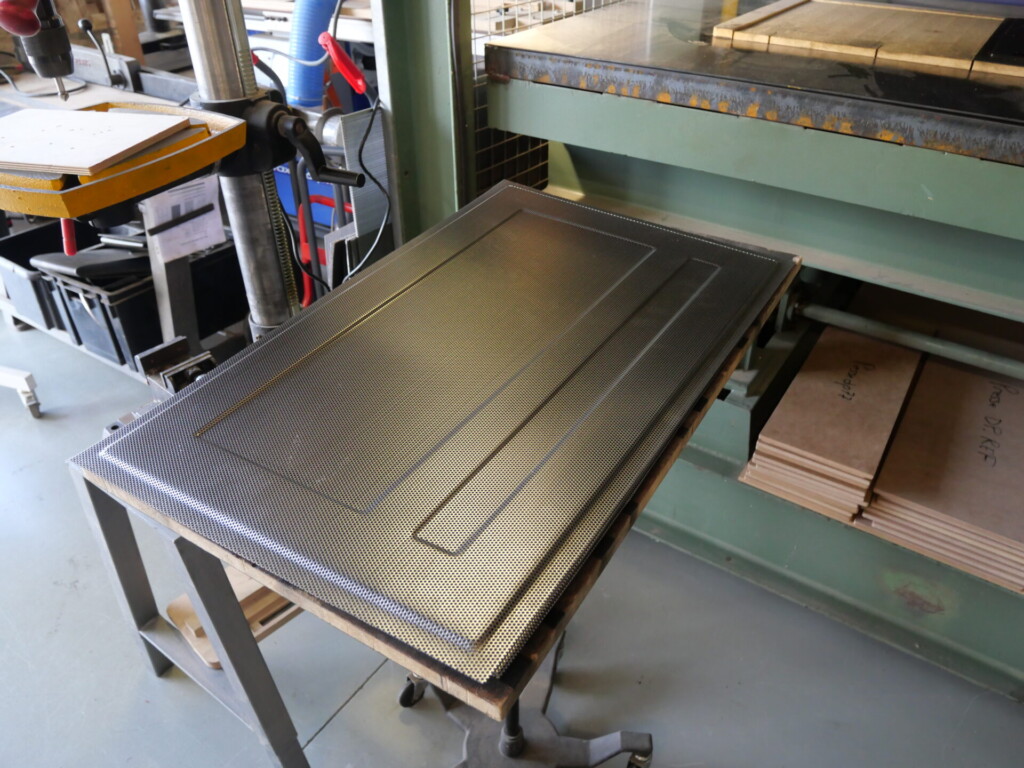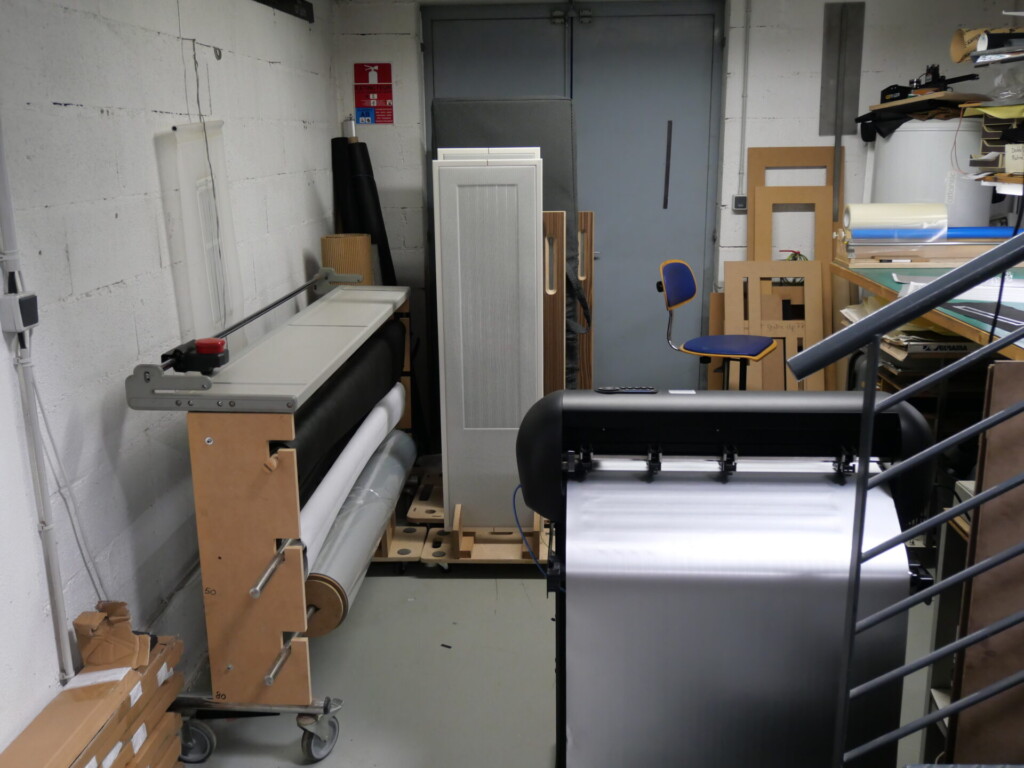The first and most obvious shortcoming with single-sided planar magnetic drivers, like the ones used in my MG1bs, is that with increased excursion, the diaphragm moves further and further from the magnetic field, ultimately limiting dynamic range and control. It was the sub-conscious driver behind all those mods I made and an explanation for Magneplanar’s adoption of a double magnet, push-pull arrangement on their more expensive MG20 and MG30 models. The problem is, that those push-pull drivers in the Magnepan range are only used in models priced at £19K and upwards – leaving the more affordable speakers in the line facing at least one significant performance compromise. It’s a compromise that Diptyque was unwilling to accept and every model in their five-product line-up, starting at €4,000 a pair, employs push-pull drivers. It was something that was immediately apparent in the crisp transparency and dynamic response of the very first Diptyque speaker I heard – the dp140 – five or so years ago in Munich. I’ve watched the company with interest ever since, but the arrival of their new and innovative Reference model has raised the performance bar and elevated their ambition to the point were finding out more about one of audio’s best kept secrets became a matter of some urgency. So, finding myself in the South of France, not too far from Montauban, I shamelessly invited myself to visit…
DP Audio is to be found behind the loading door of an anonymous industrial unit on the outskirts of Montauban. Once inside, you find a tiny area, crowded with machinery and materials. A flatbed CNC machine is used to carve baffles and a heavy metal press stamps out the perforated grilles. Voice coils are precision cut on a digital cutting table, from 40 micron aluminium foil, mounted on a self-adhesive backing and are then applied to vacuum stretched and flattened 12 micron mylar film, to create the speaker diaphragms. Those tensioned diaphragms are in turn sandwiched between CNC machined front and rear baffles to create the panel drivers. In the dp140 and 160, the tweeters are built into similar, narrow sandwich baffles, constructed from two strips of birch-ply. The thicker baffle and carefully profiled slots allow a degree of horn-loading to increase the tweeter’s output level, while the material discontinuity helps inhibit intermodulation distortion from the bass/mid panels. It’s a construction and technique that is mirrored on the three-and-a-half way Reference model, the separate baffle mounting both a longer tweeter and the matching midrange driver. In the entry level dp77 and dp107, both drivers are mounted within a single, CNC machined MDF sandwich – but then those models start at €4,000 a pair…
This is very much a hand-built, artisan product, the result of exhaustively learnt lessons and careful production engineering, with jigs and processes to ensure accurate and consistent construction. Throw in space for frequency response testing and quality control, as well as a combined office and listening room on the mezzanine floor and the diminutive size of the Diptyque workshop comes as a bit of a shock – especially given the beautifully finished products it generates. But the compact operation and the discipline it instils also helps explain just how the nascent company has managed to maintain such consistency and control over the manufacturing process. Everything is hands-on and everything is within arm’s reach. Suppliers are local and even those few processes that are carried out externally, like the painting of the welded metal trim that surrounds each panel, is carried out in a local facility.

